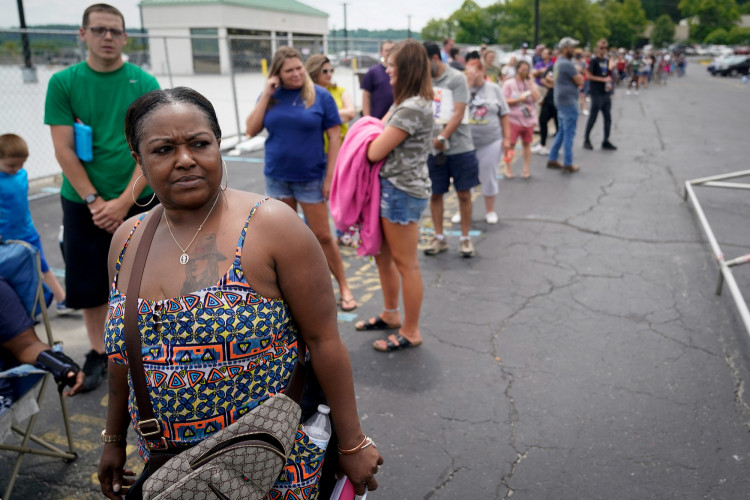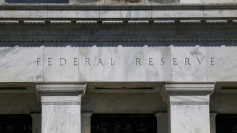New applications for unemployment benefits rose unexpectedly last week, adding to concerns about a possible cooling in the labor market. The Labor Department reported Thursday that initial claims for state unemployment benefits increased by 17,000 to a seasonally adjusted 242,000 for the week ending Dec. 7, surpassing economists' forecast of 220,000 claims.
This marks the highest level since October, excluding spikes attributed to hurricanes earlier in the fall. While the figure remains low by historical standards, it is notable amid ongoing discussions about the Federal Reserve's monetary policy and the broader economic outlook.
The increase in claims likely reflects volatility typical during the holiday season rather than a definitive shift in labor market dynamics, according to many economists. "Claims are always volatile over the holidays, through mid-January, so it's even more important than usual to look at the trend rather than single week's numbers," said Oliver Allen, senior U.S. economist at Pantheon Macroeconomics.
Unemployment claims tend to fluctuate around holiday periods due to irregularities in data collection and reporting. Economists warn against overinterpreting short-term changes, especially given the noise introduced by seasonal hiring and layoffs.
The report also highlighted a rise in continuing claims-those who remain on unemployment rolls after filing an initial claim-by 15,000 to 1.886 million in the week ending Nov. 30. This increase suggests that some individuals are facing longer spells of unemployment, as reflected by the median duration of joblessness, which has reached its highest level in nearly three years.
The labor market's mixed signals complicate the Federal Reserve's path forward. On one hand, the uptick in unemployment claims and rising jobless durations could support further interest rate cuts. On the other hand, inflation remains above the Fed's 2% target, keeping pressure on policymakers to avoid easing monetary conditions too quickly.
The Fed has raised its benchmark overnight interest rate to a range of 4.50%-4.75% after 11 hikes between March 2022 and July 2023, aimed at controlling inflation. Despite these measures, inflation has proven resistant, raising questions about whether additional rate adjustments are warranted.
"An easing labor market makes it more likely that the Federal Reserve will cut interest rates next week for the third time since September," noted one analyst. Futures markets indicate strong expectations for a 0.25 percentage point reduction in rates at the Fed's upcoming policy meeting.
Despite recent concerns, layoffs remain historically low, underpinning much of the labor market's stability. However, some economists are wary of the trend in continued claims, which could indicate challenges for certain segments of the workforce.
Labor market resilience has been a cornerstone of consumer spending, a critical driver of U.S. economic growth. The persistence of high borrowing costs for businesses, combined with employers scaling back on job openings, could dampen hiring momentum as companies weigh economic uncertainty.






